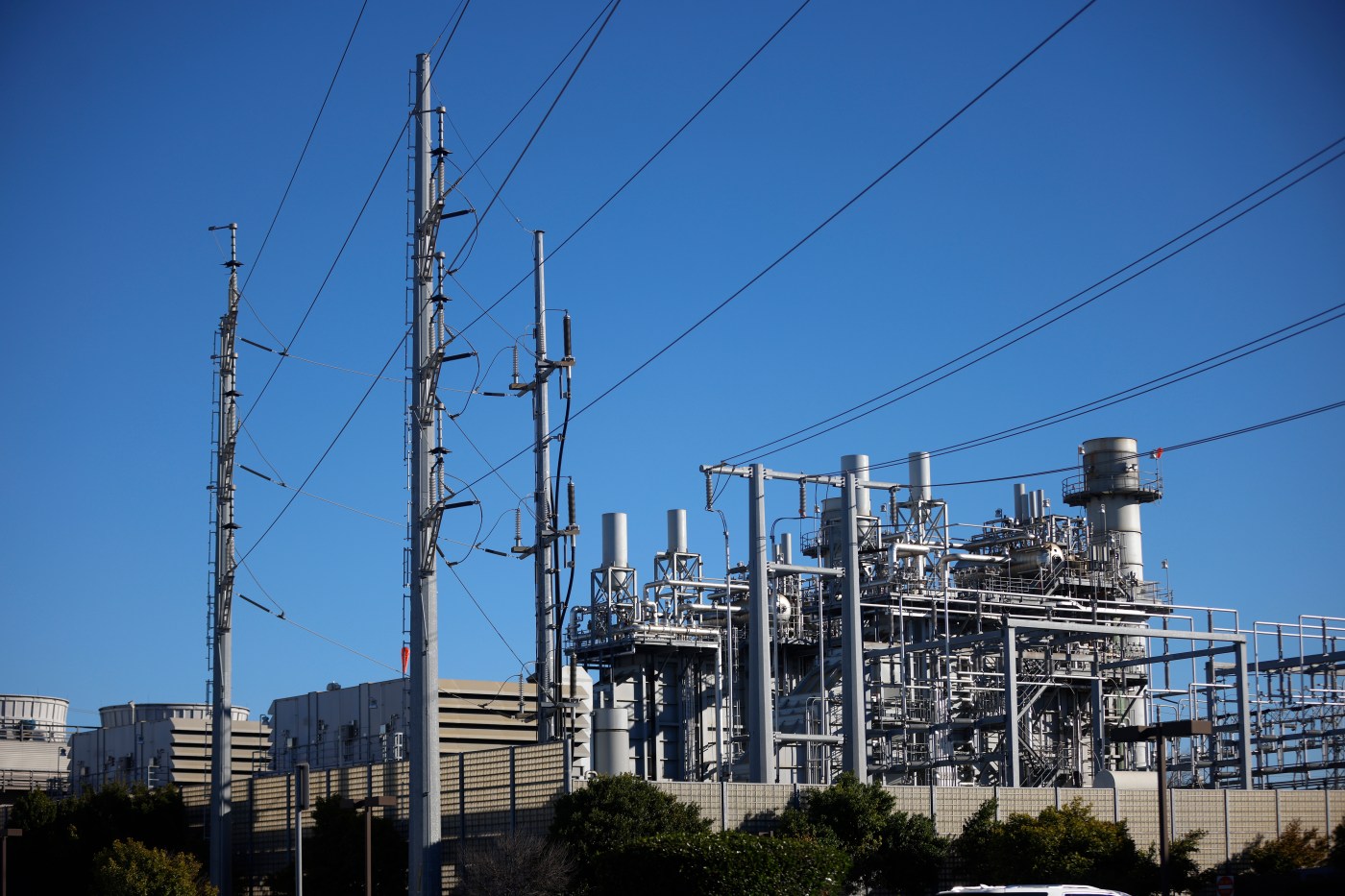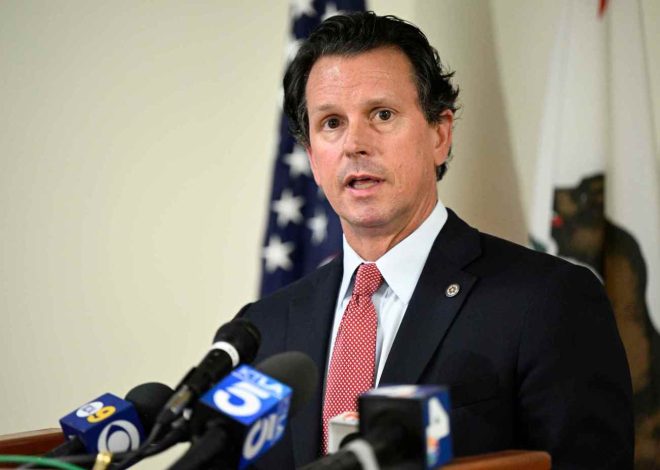
Why are there so many data centers in Santa Clara?
What once was a bucolic agricultural landscape of sweeping fruit trees, and later transformed into a mecca for the semiconductor industry, has taken on a new pedigree as Santa Clara has emerged as one of the nation’s biggest hubs for data centers.
Related Articles
Silicon Valley Congressman Khanna torches Democrats for alleged bumbling that will ‘hurt the young folks’
Meta rolls back diversity and inclusion efforts, appeasing Trump
H-1B: Silicon Valley’s favorite foreign-worker visa under attack, while Trump, Musk offer support
Sam Altman’s sister accuses OpenAI CEO of sexually abusing her
A fanciful look ahead into 2025 for San Jose, Silicon Valley
The 19.3-square-mile enclave of Silicon Valley is home to more than 50 data centers by the city’s estimate. Scattered throughout Santa Clara’s industrial neighborhoods, they began cropping up in the Mission City in the early 2000s following the dot-com bubble.
The Santa Clara City Council approved the latest one — a four-story, nearly 112,000-square-foot data center at 1231 Comstock Street — just last month.
Jerry Inguagiato, a senior vice president at real estate group CBRE, said the explosion of the industry in the city was spurred by the tech-leading reputation of Silicon Valley, which is the third-largest data center market in the country after Northern Virginia and Dallas.
“We’re a huge economic base, and as such you need digital infrastructure to support that economy, and the demand for that footprint has grown,” Inguagiato said. “It’s really exponentially run right now because of the boom of AI and the additional load of those 1s and 0s that are flowing through your computer and my computer.”
From streaming video to ChatGPT requests, much of the information that passes through computers, smartphones and tablets around the world is powered by the rows upon rows of servers in data centers. Their size and how much power courses through them varies, but nationally they account for 2% of total electricity use, according to the U.S. Department of Energy.
That number is expected to grow, with Goldman Sachs Research estimating that the power demand from data centers could balloon 160% by 2030.
When semiconductor manufacturing started being shipped overseas in the 1990s, Inguagiato said, it created a void in the Silicon Valley market, which data centers — that also were looking for a reliable and economic power source — began to fill.
“The two business-use cases were really similar,” he said. “So, as Silicon Valley constantly reinvents itself, there we were reinventing ourselves from semiconductor buildings to data center buildings.”
But the rise of data centers in Santa Clara has started putting a strain on the city’s power grid.
Unlike other municipalities around it, the city runs its own utility company, Silicon Valley Power. On average, their rates are lower than PG&E’s, with Santa Clara residents paying about 25 cents per kilowatt an hour less than the 16 million people receiving power from California’s largest electricity provider.
Because data centers consume so much electricity, Silicon Valley Power’s lower rates have made Santa Clara an attractive market for tech companies looking to stand up new data centers.
It’s unclear how many more data centers the city can handle, as they now consume approximately 60% of Santa Clara’s power.
Manuel Pineda, the chief electric utility officer for Silicon Valley Power, said at a council meeting last year that they currently aren’t able to deliver power to every data center that wants to come to the city.
“We’re getting close to reaching our system operating limit,” Pineda told the council in November, noting that the city saw three new record peak loads in 2024.
And the demand for power is only expected to grow — the city estimates it to almost double over the next decades. Pineda told the Mercury News that the anticipated growth is driven by three factors.
“The key one is large data centers, the second one is corporate headquarters and the third one is very large residential projects,” he said.
The city has been working quickly to expand its capacity, with the council approving the construction of a new 2.24-mile power transmission line in November that should be completed by early 2028.
But data centers’ massive energy usage has sparked concerns about environmental impacts that are fueling climate change. Santa Clara recently required all new data centers to be 100% carbon neutral, though many of Silicon Valley Power’s commercial customers receive a mix of energy that includes natural gas. That means the city-run utility company emits more greenhouse gases than the average California electric company.
Not everyone is happy that Santa Clara has become such a hot spot for data centers. In October, the city’s planning commission denied the Comstock Street data center project — only for it to be appealed, and the decision overturned by the council less than two months later.
“I consider data centers to be the tapeworms of the city,” Planning Commission Chair Lance Saleme said at the meeting. “They continue to grow, they continue to feed, they continue to consume resources and they provide back almost nothing to the city.”
CBRE’s Inguagiato said that in the last year or two, California’s overall data center market has become more challenging as the state grapples with power supply problems.
In Silicon Valley, he said a majority of the data centers are being utilized by large hyperscale companies that are supplying cloud services, followed by AI companies that could place further pressure on power supply.
“The big just keep getting bigger,” Inguagiato said.


